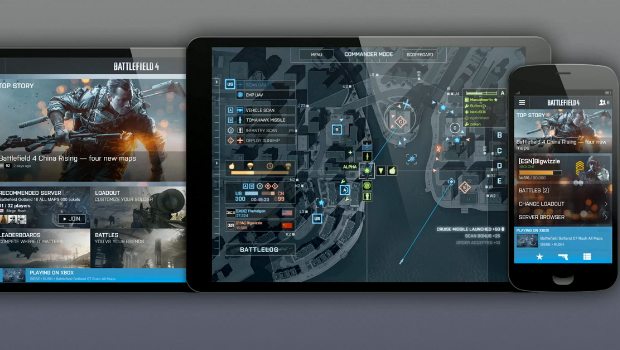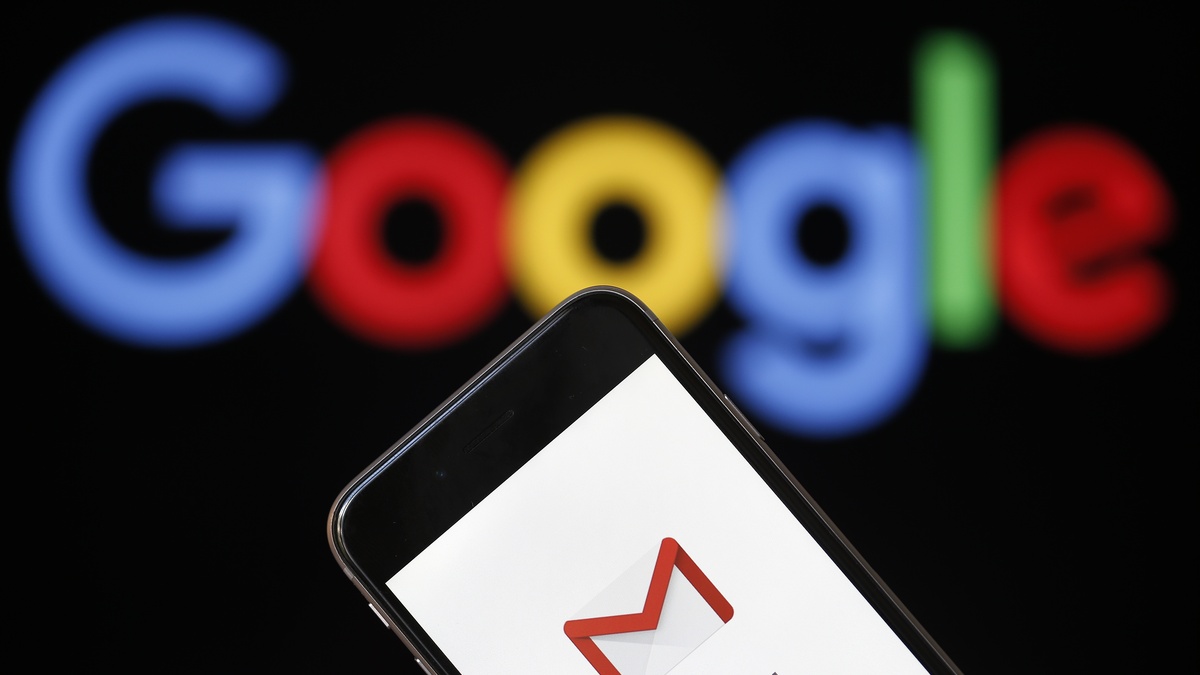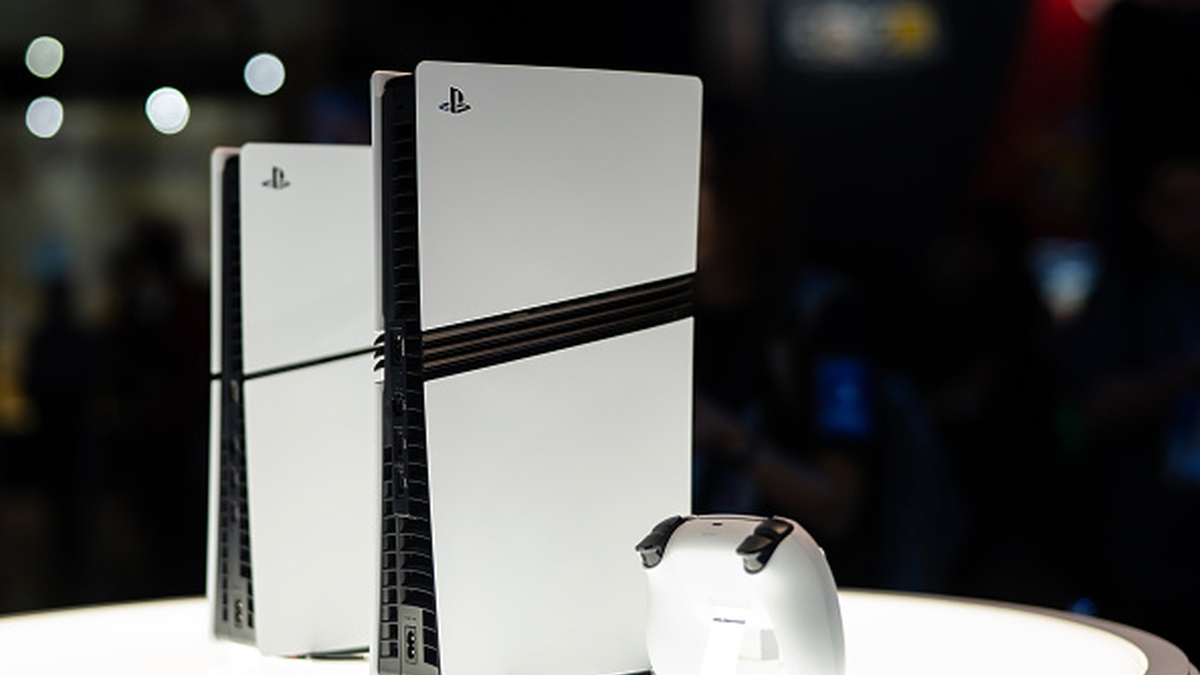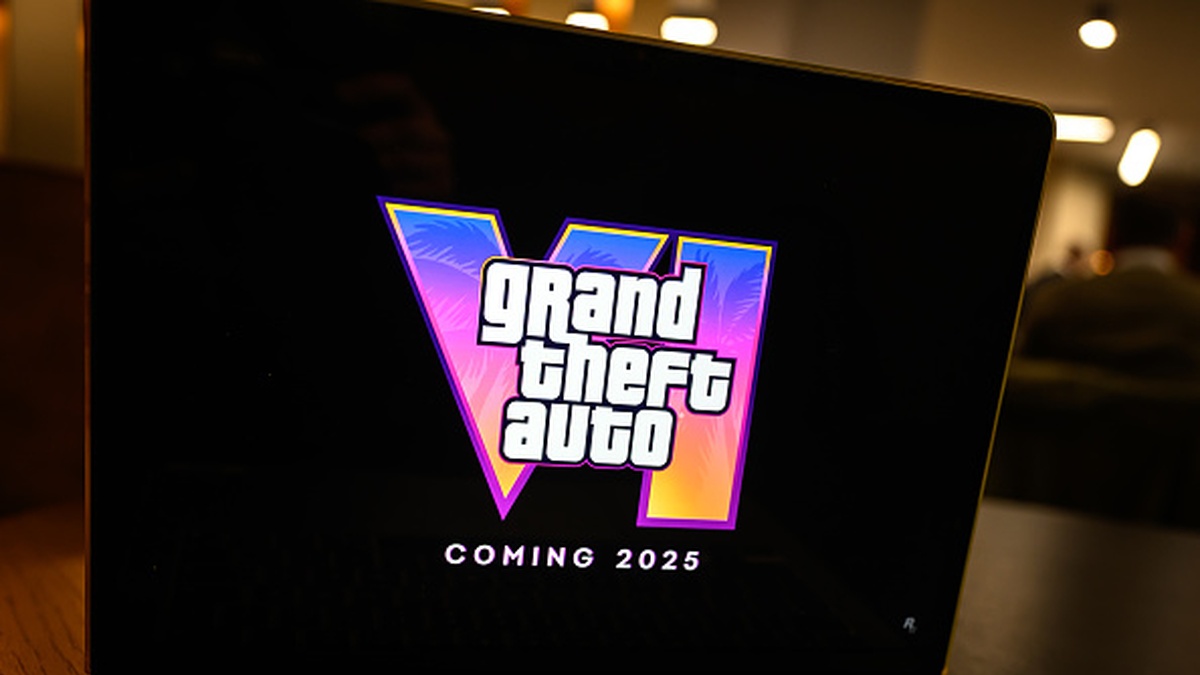Some have denounced the second screen as a gimmick, something that serves no purpose and only adds as a distraction to the experience. EA disagrees, according to EA Games Label head Patrick Sutherland in an interview with Polygon. The way EA sees it, people and how they interact are changing. Kids are much more reliant on social media to make decisions compared to prior generations. People nowadays are much more likely to be multi-tasking and absorbing information. According to Sutherland, as they absorb more information, they begin to expect more from their interactions. Gone are the days where you played a game by yourself with no outside influence. Now, with the likes of COD: Elite, Battlelog, Bungie.net and Halo Waypoint, people want interaction. And because of this, EA is trying to incorporate second screen and other social elements in their games.
Second screen has made the transition from gimmick to bonafide feature
As Sutherland puts it, “”We’ve been on that train for awhile, I can’t say we’ve been perfect, but we’ve done a lot like the the whole idea of autolog in Need for Speed was because of a behavioral change in consumer minds. If you look at how [the smartphone] affected your life, how Facebook affected your life, I can’t watch TV without using [a smartphone] five times during a movie. It’s ridiculous, but that’s what it is, and everyone does that.”
As such, he points to Battlelog for Battlefield 3, Medal of Honor: Warfighter and the upcoming Battlefield 4 as a shining example for where EA is heading. “It went from a way for us to launch the game from a website, which was maybe not the best idea, to today a full-fledged social window into the game and also a window out to people playing it. The social revolution we’ve seen because of technology and services, like Facebook and Twitter and those kind of things, has changed how games are played. And will continue to have an impact on how we will design games from the get go.”
“Today, this is one of the first things our game guys design when they start looking at Star Wars: Battlefront, which is going through design right now. One of the first things we talked about is these things, that tells you it’s in the minds of the people who make the games. What we are seeing is the start of it, and it’s just going to take a bigger part of games.”

However, Sutherland was also quick to point out that EA’s first forays into second screen and providing information were, at best gimmicky, at worst “just stupid”. However, that did not mean EA soured on the idea and importance of the second screen. As Sutherland explained, “”I don’t think we have [abandoned second screen]. I was a little bit wary of the whole idea of second screen on Battlefield, but now that I’m playing on PS4 or Xbox One, I want to have the pad in front of me. I do the loadouts, I can have the minimap on my big iPad in front of me and I can direct my squad. It actually serves a function. As people play the games we need to do a better job of providing meaningful extensions, not gimmicks. We have to make sure it actually improves the game and makes it better. Otherwise it’s useless, otherwise it becomes a gimmick, something we do because we can, which makes no sense.”
Second Screen features in EA games are meaningful extensions the likes of which we’ve never seen before
He points to Battlefield 4, where people can act as commanders on a second screen, and Need for Speed: Rival‘s Overwatch mode as “meaningful, cool extension[s] that we haven’t seen before.” And because of this, he feels that this process will soon manifest itself into game design. “As long as I’m doing what I’m doing and talking with teams and approving the designs, I’m going to force them to at least try to think about it as at least a meaningful extension to the game. Or frankly, as other ideas. There are a lot of things that we haven’t thought about today that will be done in the future. I’m looking for those types of innovations.”
Finally, Sutherland feels that these new experiences may make the games more accessible. “Games are becoming more and more complex, they’re deeper experiences, so we have to constantly fight the battle of how do we make this accessible to the consumer. Sometimes a second screen, in the Battlefield case, will make the game accessible. I can command troops. I can see what’s going on my second screen, while I’m playing in front of me. It’s not necessarily about a feature, it’s about making the game easier to understand and to play as well.”











Published: Aug 29, 2013 09:20 pm